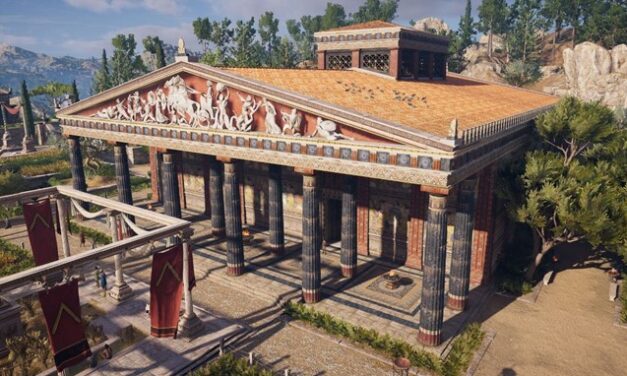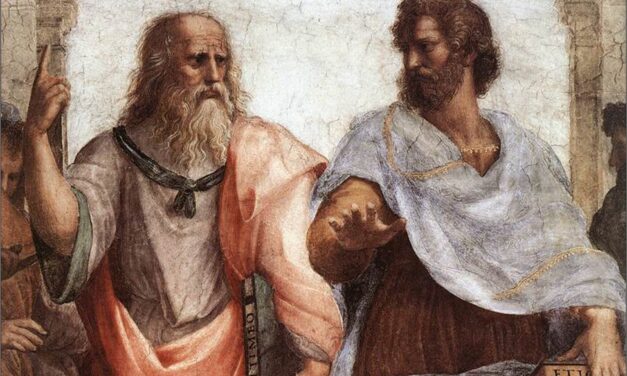The Mysteries
Since the most remote times, the entire long history of the European, Mediterranean and Near Eastern religious experience has been characterized by the presence and diffusion of mystery cults They were generally characterized by a common order, by a common basic rule, consisting in the fact that the set of beliefs or foundations of the cult, of the founding myths, of the religious practices, and the true nature of the teachings and the revelatory message of the Deities should be reserved, to different degrees, for the Initiates. The initiates were admitted and entered a particular community of new men. Initiates were distinguished from the profane, from those who had not had access to the Mysteries (by choice, by impediment or for other reasons of a legal or social nature), and who as such swore a solemn oath and had the obligation to remain silent, not to reveal or profane the secret, which had to remain ineffable.
Read More




